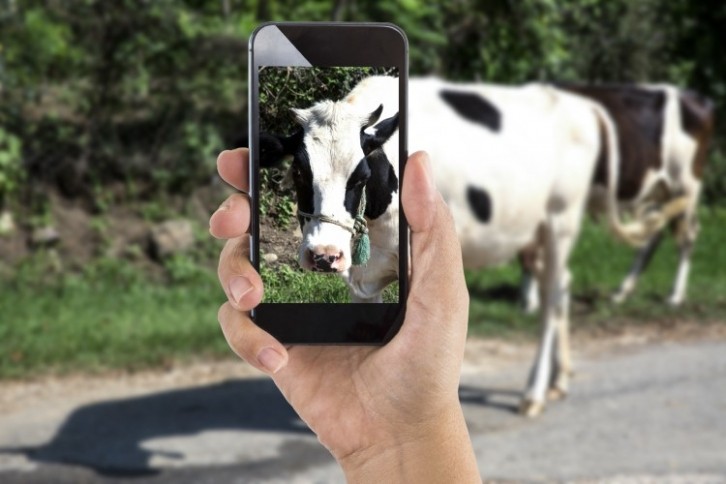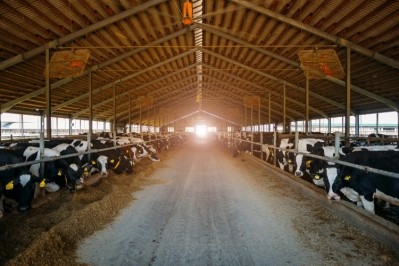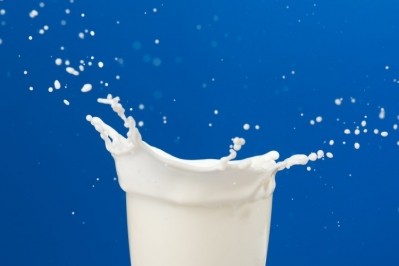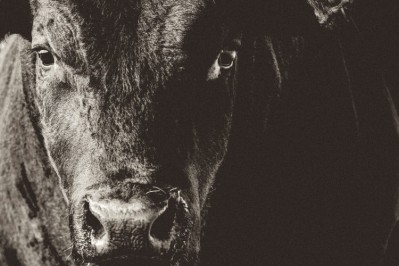‘We can recognize cows from 50 feet away’: AI-powered app can identify cattle in a snap

A US agtech start-up has developed AI-powered technology that could significantly simplify cattle management while removing the need for physical trackers such as ear tags.
406 Bovine’s facial recognition API (application programming interface) can plug into existing farm management databases, allowing farm managers to identify cattle by snapping a picture of the animal's head. The only prerequisites are owning a smartphone and logging each cow's features in the system by taking a 3 to 5-second video of their heads at the chute, or by using a live feed camera for automating the process.
Bryan Elliott, CEO of the Texas-based company, told us: “Facial recognition is the newest form of electronic identification. Anything we can do with RFID tags we can do with facial recognition – but the difference is, we can do it all from a cell phone that’s already in your pocket. It is an identification that can’t be lost, tampered with, or stolen. It is very convenient to use [and] all of your cattle management records can be accessed on a device that’s in your pocket.”
What are the benefits of facial recognition technology for cattle management?
Asked how else the company’s technology simplifies cattle management, Elliott told us it addresses several limitations. “For example, we eliminate the distance restriction at the chute that we see with low-frequency RFID tag, which is 2 inches.
“With facial recognition, we can recognize cattle from up to 50 feet away, whether the animals are at the bunk, in the pen, or coming through the chute.”
And since one only needs a smart device to use the app, the technology isn’t tethered to a specific area on the farm. “We can ‘recognize’ these cattle with just our phone, on foot, horseback, in a pickup truck, or ATV,” Elliott added. “In a lot of cases, facial recognition is more efficient than using tags when we compare them to EID tags used for electronic identification. Facial recognition can be much more cost efficient too and less hardware is involved to operate the software.”
For those premises that do rely on ear tags and the like, the AI-powered technology can act as a back-up system, allowing producers to continuously identify cattle even if an RFID tag has been lost.
Ease of use remains the key benefit, however, with farm managers able to input and read cattle data on the fly through the app on their smartphone. Information that can be stored within the database can include treatment records including vaccine and antibiotics; pen and pasture movements, birth dates, bloodlines, weight, average daily gain, milk production, genetic merits information, and more.
There are two ways to use the software, Elliott explained: by installing the smartphone app or by implementing the API within an existing cattle management software. “If you are a software provider, we can plug our facial recognition into your software. That means for producers that are already using cattle management software, they will be able to utilize facial recognition once we are fully integrated with these existing management platforms.”
What cattle breeds can the algorithm recognize?
Speaking of the algorithms, Elliott told us the company has build a large dataset; as far as dairy breeds are concerned, the tech has been trained on Holstein and Jersey cows. “With the various beef cattle breeds that we have collected and trained, coupled with the dairy breeds, we have a very well-matured system that doesn’t have any problem recognizing all types of dairy breeds. It’s artificial intelligence, so it’s continuously learning; even the beef cattle breeds that we are interacting with will aid in successfully recognizing various breeds of dairy cattle.”
“We spent four years in development,” he added. “Our database consists of 6.8 million images of cattle that we have trained our algorithms on. We’ve spent a lot of time throughout the US testing the software and collecting data on various types of cattle breeds from the most common dairy breeds to the most common beef cattle breeds that see in the industry, globally.”
How facial recognition for cattle works
“We take a 3-second video when the animal is in the chute. This video is taken from eye to eye, capturing the entire cattle head and all of its unique facial features. This process trains the system on that one specific animal which learns all the facial features of that particular animal and allows the producer to recognize that animal from anywhere and up to 50 feet away.” – Bryan Elliott, CEO, 406 Bovine
So how did 406 Bovine come about? “I was managing a large-scale cow/calf operation in Northern US, up in Montana,” Elliott explained. “We marketed around 17,000 yearlings per year. All these cattle were on an incentive program called Non-Hormone Treated Cattle or NHTC [and] were third-party verified to show that they were entered into the program. When these cattle sell, they sell for an incentive gaining up to $0.10 per pound. Once the cattle are sold, a tag manifest is sent with the cattle, showing which cattle are being sold and transported.
“But tags can be problematic - we lost nearly 20% of the EID tags one year when shipping these yearlings. So I took a step back and asked myself, ‘Is there another way that we can identify cattle?’”
That’s when 406 Bovine came about. “I connected with a development team and started collecting data. The objective was to have a simple, easy-to-use software that was reliable and accurate.
“I wanted to be able to take a picture from anywhere on the head and not just be restricted to one specific image on the head. We were successful in achieving this; the animal can have their head up, down, left, or right, it doesn’t matter; an image can be taken from anywhere on the head to recognize and from up to 50 feet away to positively identify the animal.”
Patent, fundraising and next steps
Right now, 406 Bovine holds a Patent Cooperation Treaty, a multi-nation patent pending in the US on animal facial recognition. The patent is the first and only livestock biometrics patent of its kind, according to the company.
But while the facial recognition tool is already being deployed by cattle farmers, supporting and developing the software in the future requires significant resources. “406 Bovine has just opened up a funding round,” CEO Bryan Elliott told us. “We are targeting a $5m raise on this round that will allow us to execute our B2B go-to-market strategy to integrate our API into existing management systems that are used by farmers and ranchers all over the world. We are very focused on continuous improvement and evolving our development to meet rancher needs from the dairy industry to the beef cattle industry.”
And there’s scope to include other livestock breeds in the future, he added. “Our main focus today is on facial recognition for cattle, but our patent covers facial recognition for animals. We plan to evolve the software into companion animals next, meaning dogs and cats for lost and found applications.
“We also plan to develop facial recognition applications for swine, sheep, and goats for management purposes.”










